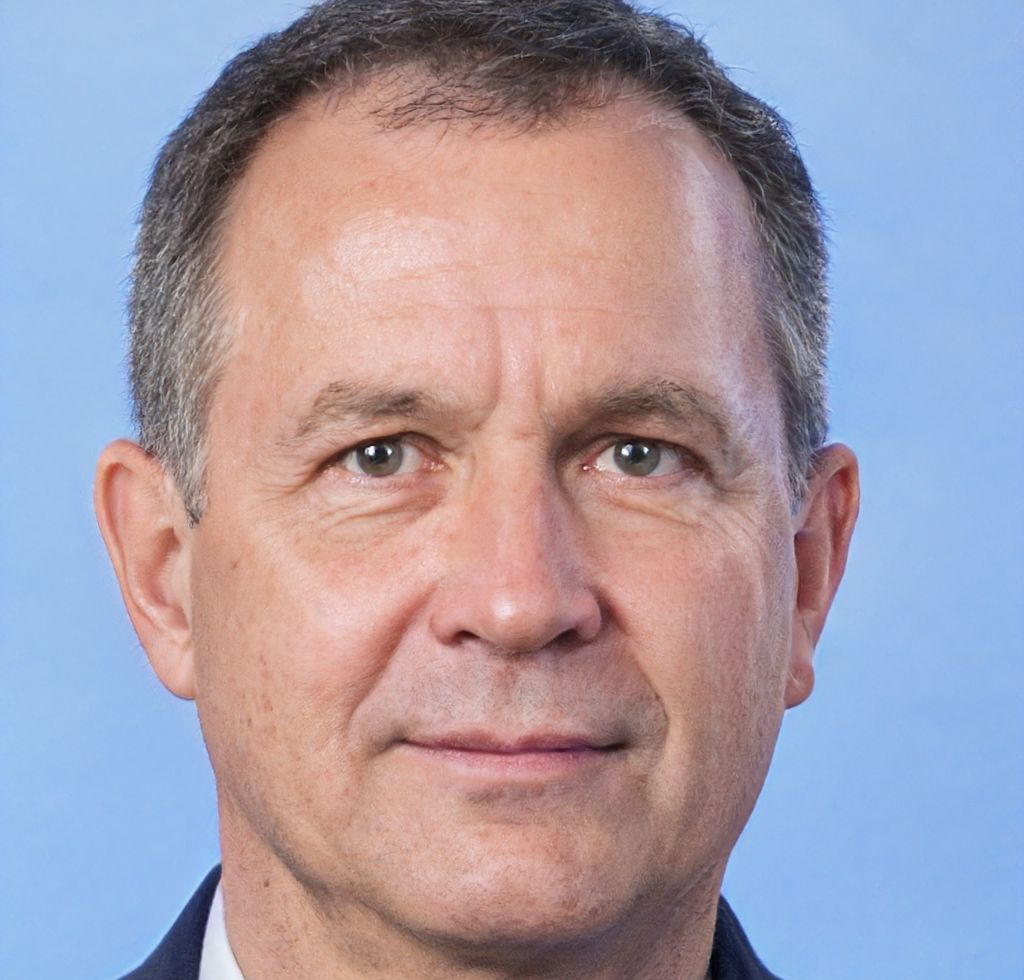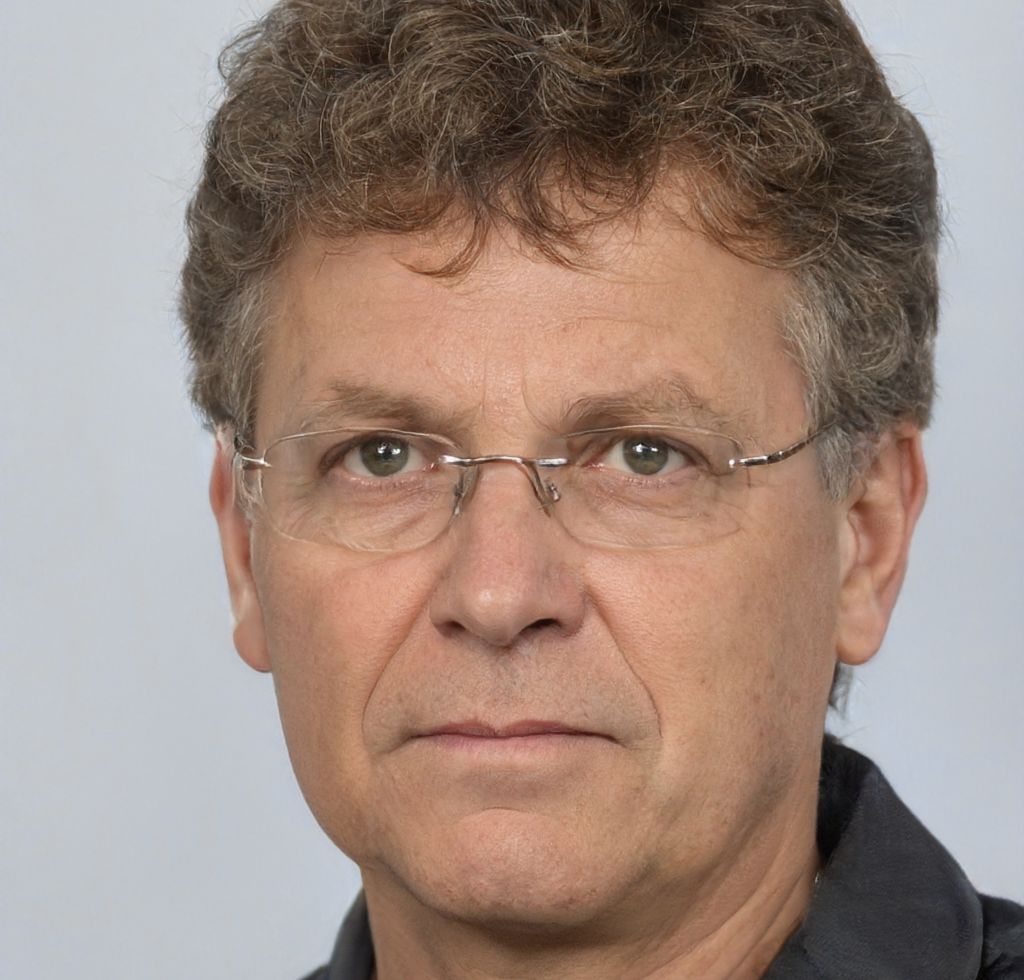How does aerobic respiration release energy from glucose?
Energy is released using NAD+, FADH, and ATP Synthase.
Cells breakdown glucose molecules first during the process known as glycolysis. The glucose molecule is broken down into two pyruvate molecules and electrons are released. These electrons are picked up by NAD+. Once NAD+ has picked up these electrons, it becomes NADH. Two ATP molecules are also made (ATP transfers chemical energy between cells; it is sort of like a currency in this regard).
The next step is the Krebs cycle, also known as the citric acid cycle. During this step of the process, the pyruvate molecules are converted to Acetyl CoA, these molecules are then broken down even further, releasing electrons and ATP. As in the previous step, NAD+ picks up the released electrons, becoming NADH, as does FADH, which becomes FADH2.
Lastly, we have oxidative phosphorylation, which occurs in the inner membrane of the mitochondria (or the cytoplasm of prokaryotic cells). When NAD+ and FADH picked up electrons previously, they lost hydrogen atoms.
These hydrogen atoms now pump against the concentration gradient. Proteins in the membrane undergo active transport, moving the hydrogen atoms into one concentrated area. Next, the hydrogen atoms go through ATP Synthase, which turns out a lot of ATP.
To learn more, see the following video:
By signing up, you agree to our Terms of Service and Privacy Policy
Through a series of biochemical reactions that take place in the presence of oxygen, glucose is released as energy through aerobic respiration. These reactions include glycolysis, the electron transport chain, and the Krebs cycle, which is also known as the citric acid cycle. During glycolysis, glucose is broken down into two molecules of pyruvate, producing a small amount of ATP and NADH. Pyruvate then enters the mitochondria, where it undergoes further oxidation in the Krebs cycle, producing more ATP, NADH, and FADH2. The high-energy electrons carried by NADH and FADH2 are then passed along the electron transport chain, which pumps protons across the inner mitochondrial membrane, creating a proton gradient. The flow of protons back across the membrane through ATP synthase drives the synthesis of ATP from ADP and
By signing up, you agree to our Terms of Service and Privacy Policy
When evaluating a one-sided limit, you need to be careful when a quantity is approaching zero since its sign is different depending on which way it is approaching zero from. Let us look at some examples.
When evaluating a one-sided limit, you need to be careful when a quantity is approaching zero since its sign is different depending on which way it is approaching zero from. Let us look at some examples.
When evaluating a one-sided limit, you need to be careful when a quantity is approaching zero since its sign is different depending on which way it is approaching zero from. Let us look at some examples.
When evaluating a one-sided limit, you need to be careful when a quantity is approaching zero since its sign is different depending on which way it is approaching zero from. Let us look at some examples.

- 98% accuracy study help
- Covers math, physics, chemistry, biology, and more
- Step-by-step, in-depth guides
- Readily available 24/7
 Lydia Adams
Lydia Adams Sebastian Alvarado
Sebastian Alvarado